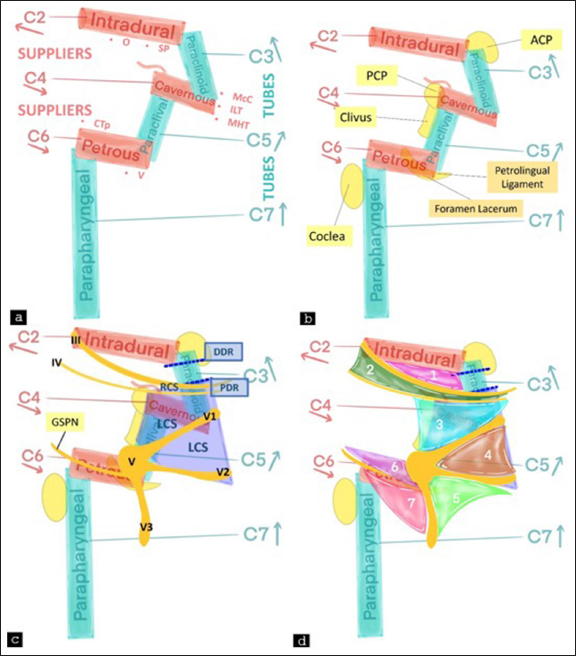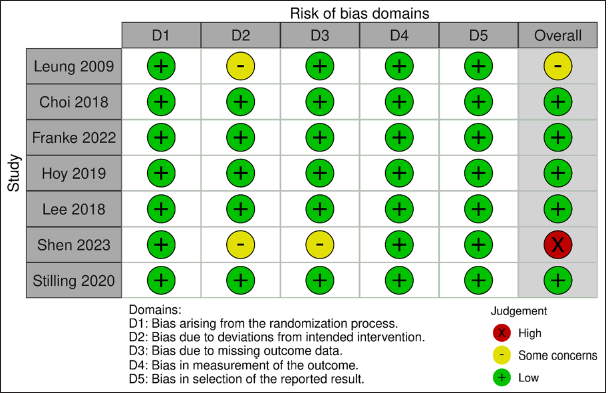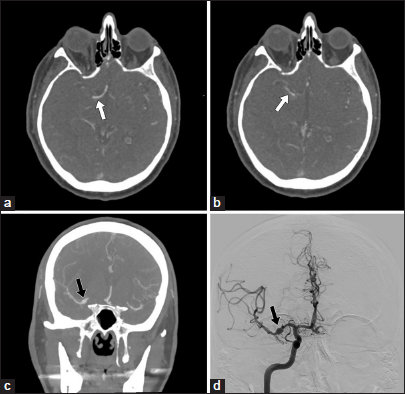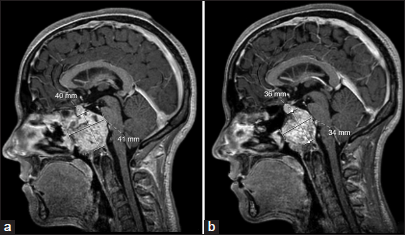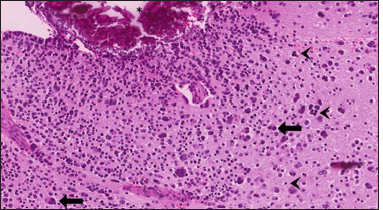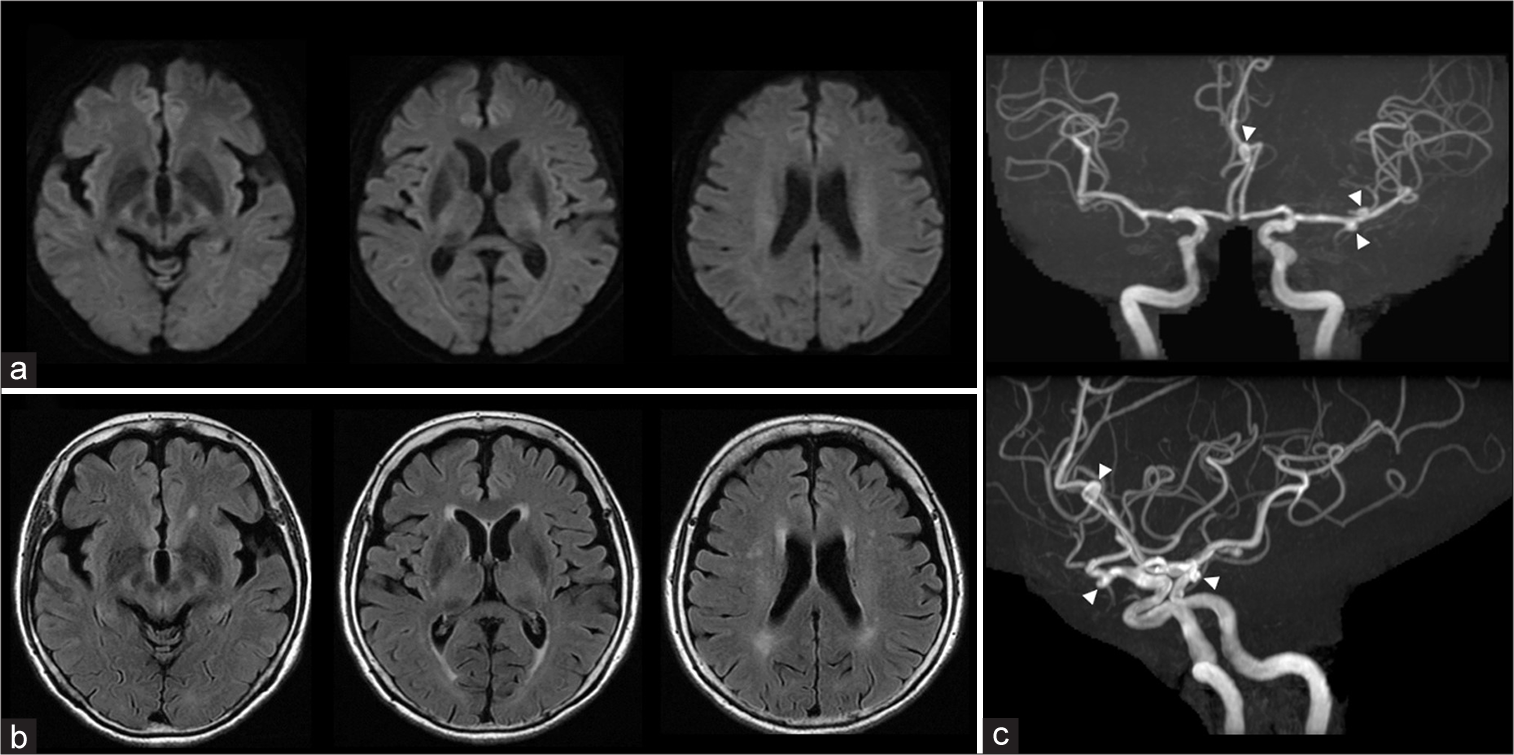The trinity of the internal carotid artery: Unifying terminologies of the main classifications to improve its surgical understanding
Date of publication: 16-May-2025
Background: The internal carotid artery (ICA) has multiple classification systems; it is essential for brain blood supply, which has bone/neurovascular relationships of wide neurosurgical interest; its anatomy must be known in detail, its angiographic-imaging aspect (endovascular), its ventral aspect (endoscopic endonasal approaches); and its lateral aspect (anterolateral skull base surgery). Our objectives were to identify coincidences/differences between the main classifications of the ICA to improve its surgical-anatomical understanding, unify the terminology of ICA segments, avoid confusion, and carry out a simple description.
An unexpected turn: Posterior reversible encephalopathy syndrome following microsurgical resection of a brain arteriovenous malformation
Date of publication: 09-May-2025
Background: Cerebral arteriovenous malformations (AVMs) are rare congenital vascular anomalies, often presenting with intracranial hemorrhage or seizures. Posterior reversible encephalopathy syndrome (PRES) is a distinct neurological condition characterized by vasogenic edema, primarily affecting posterior brain regions and typically associated with hypertensive crises, eclampsia, or immunosuppressive therapies. However, its occurrence following neurosurgical interventions is exceptionally rare. This case report documents the first instance of PRES following the resection of a Spetzler-Martin grade I frontal AVM, emphasizing the importance of early recognition and management of this rare complication.
Use of repetitive transcranial magnetic stimulation in traumatic brain injury: A systematic review and meta-analysis of randomized controlled trials
Date of publication: 09-May-2025
Background: Traumatic brain injury (TBI) is an injury resulting from external force exerted directly or indirectly on the skull. This is presently the major cause of mortality and disability among youth globally. Repetitive transcranial magnetic stimulation (rTMS) was proposed for the treatment of various neurological disorders such as TBI. We conducted the current systematic review and meta-analysis to investigate the efficacy of rTMS in TBI patients.
Development of an artificial intelligence-based convolutional neural network for sellar barrier classification using magnetic resonance imaging
Date of publication: 09-May-2025
Background: This study aims to develop an artificial intelligence (AI) model using convolutional neural networks and transfer learning to classify sellar barriers as strong, mixed, or weak based on magnetic resonance imaging (MRI). Accurate classification is essential for surgical planning in endoscopic endonasal approaches for pituitary adenomas, as variations in the sellar barrier can lead to complications such as cerebrospinal fluid leaks.
Cerebral arteriovenous malformations classification systems in comparison with Spetzler-Martin: A comparative review
Date of publication: 09-May-2025
Background: Arteriovenous malformations (AVMs) are complex vascular anomalies requiring classification systems to guide treatment and predict outcomes. This review evaluates multiple AVM classification systems, including the widely used Spetzler-Martin Grading System (SMGS), emphasizing their importance in neurosurgery for improving clinical decision-making and communication.
Use of flow-diverting stents in the treatment of ruptured intracranial artery dissections
Date of publication: 09-May-2025
Background: Flow-diverting stents have rapidly become widespread as the preferred treatment for intracranial aneurysms. They function by optimizing blood flow within the parent vessel to reduce shear stress in the aneurysm, facilitating thrombus formation within the aneurysm, and providing a scaffold for endothelialization and vascular remodeling. Early literature indicates this mechanism also applies to the treatment of ruptured intracranial aneurysms and unruptured intracranial artery dissections, demonstrating favorable occlusion rates. We highlight a novel application of flow-diverting stents in the treatment of ruptured intracranial artery dissections.
Primary intraosseous cavernous hemangioma of the clivus in a pediatric patient: A case report and review of the literature
Date of publication: 09-May-2025
Background: Primary intraosseous cavernous hemangiomas (PICH) of the skull are rare, benign, vascular tumors mainly found in adults’ calvarium. Affection of the clivus has been reported, with the most frequent clinical presentation being headaches followed by cranial nerve compromise. In the pediatric population, it has only been described once and was treated with surgery and radiation.
Adult-onset giant mediastinal neuroblastoma
Date of publication: 09-May-2025
Background: Neuroblastoma is a neurogenic tumor typically diagnosed in children <5 years of age. It arises from immature neural crest cells of the medulla of the adrenal gland or, less commonly, along the paravertebral sympathetic chain. We hereby report a patient with adult-onset giant mediastinal neuroblastoma.
The parietal transcortical approach to the lateral ventricle: Opening Pandora’s box
Date of publication: 02-May-2025
BackgroundIntraventricular tumors present a difficult decision regarding the selection of the optimal surgical approach for their resection. Among various possibilities, the parietal transcortical approach (PTA) is currently used in this endeavor.
Early cerebral hypoperfusion with small artery vasospasm and delayed development of cortical T2* hypointense lesions in contrast-induced encephalopathy
Date of publication: 02-May-2025
BackgroundContrast-induced encephalopathy (CIE) is a rare complication arising from neurotoxicity caused by iodinated contrast agents. Its clinical presentation closely resembles that of acute stroke, which can occur following endovascular procedures. Distinguishing these two conditions is essential for proper patient management but is challenging based on clinical symptoms alone. While characteristic computed tomography findings for CIE and magnetic resonance imaging (MRI) findings for acute stroke are well established, early MRI findings of CIE – particularly in magnetic resonance angiography (MRA) and perfusion imaging (MRP) – remain underrecognized. In addition, delayed cortical hypointensities on T2*-weighted imaging (T2*WI) in chronic-stage cases have not been previously reported.


